Building-Up My Toolbox: Self-Monitoring Strategies
This year, I’m working with a challenging group of second and third-graders who are NOT consistently monitoring their reading and comprehension. Some fail to fix-up their meaning-changing miscues, others aren’t stopping to check for understanding, and many aren’t doing EITHER! I’ve been racking my brain to try and come up with different ways to get the students to notice (in their heads!) that something doesn’t sound right, look right, or make sense.
If only I could climb into their brains and turn on that magic switch!
Of course, I always teach an abundance of decoding and comprehension fix-up strategies, as well as the “Big Three” monitoring questions that students should ask themselves while reading, but it doesn’t guarantee that they’re monitoring their reading independently or consistently. A month ago, I noticed they needed another strategy to go with these monitoring questions and the strategies I’ve been trying… and I needed a few more tools in my toolbox!
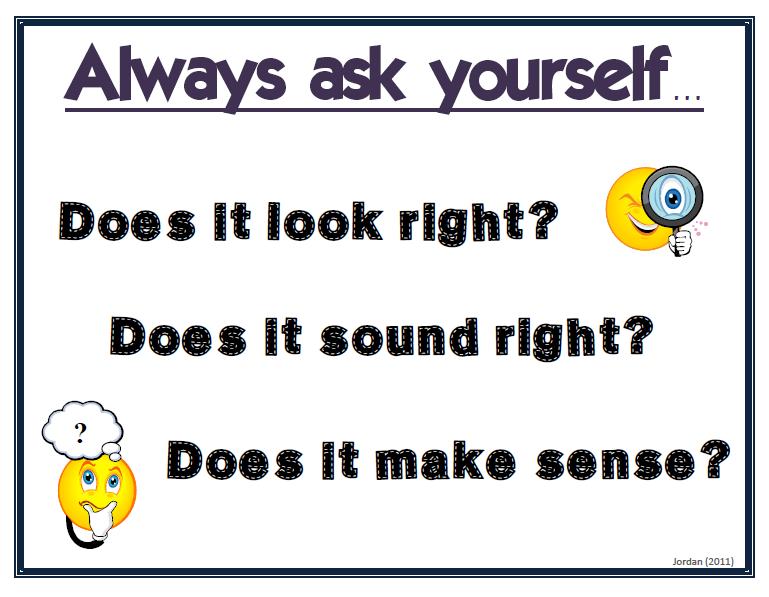
(NOTE: This “Big Three” monitoring questions poster is displayed on the wall behind my teaching table and a copy is placed in their take-home folders. I also have bookmarks to reinforce self-checking for their take-home book-in-a-bags.)
Trying out new tools…
So far, I’ve introduced Click & Clunk, which is a great strategy using small cards to silently signal when they “click” and understand something, or hit a “clunk” and get stuck. However, in order to effectively use this strategy, students need to pay attention and ask themselves the “Big Three” throughout their reading… and not all of them are doing that yet. I’ve modeled, we’ve practiced. I’ve re-modeled, we’ve practiced. It’s still not “clicking.” Maybe in time it will, but when I do my weekly progress monitoring, so many of them are still reading with significant meaning-changing miscues (some of which I can’t believe they don’t notice!).
With the older reading students, I’ve used INSERT – a wonderful comprehension monitoring strategy from Read. Write. Think. Essentially, this strategy involves “inserting your thinking” by placing coded sticky notes or codes in the margins when what you read is: (1) something you already know, (2) something new, (3) something that changed your thinking, or (4) something that is confusing. You can also mark important facts and ideas. This is a great tool to use in conjunction with Click & Clunk, but I don’t feel the second graders are quite ready to use complex codes and symbols to mark their understanding and thinking.
However, it did get me thinking…
The students love anything having to do with sticky notes, and the older students responded well to placing sticky notes in the margins and “marking up the text,” so… perhaps using sticky notes was my key to unlocking their thinking and monitoring skills! It’s tactile and the students actually have to stop and think to do it.
In an attempt to modify INSERT, I came up with “Show Me Your Thinking!” where I just gave students “happy face” and “sad face” stickies. They didn’t reflect on their knowledge and learning, but instead on their understanding of words, phrases, and pages… similar to Click & Clunk. Each student had to place a “happy face” next to the paragraph they understood (Click!), and a “sad face” next to the ones they were confused by (Clunk!). This worked even better for the Reading A-Z books that we printed since they could write in the margins and circle/underline their confusions!
Taking it one step further…
Another intervention I later implemented involved a four-step process: (1) reading to a stopping point (2) recalling text read (3) reflecting on understanding of text, and (4) summarizing understanding of the section. This intervention was an extension to Linda Hoyt’s strategy “I Remember” (Revisit, Reflect, Retell, 2009).
Students in my groups learned Hoyt’s strategy of “I Remember” earlier in the year for practice with story recall and retell. With this strategy, students created stopping points to think back and recall information they just read, and used specific sentence starters to retell what they read. The strategy supports comprehension and reinforces self-monitoring but I added a layer to dig deeper into the process of monitoring our comprehension. For the next step in the process, I asked students to apply the “I Remember” strategy, but to also reflect on their understanding and put it into words. Students were asked to share what they remembered reading and understanding (clicks!) and what they remembered getting stuck on (clunks!). This took the “Show Me Your Thinking!” strategy one step further, as students were asked to put their understanding and confusions into their own words to summarize their thinking. Their “I Remembers…” were recorded on sticky notes or shared with thinking partners. Using Hoyt’s strategy as inspiration, I wrote the following sentence stems on craft sticks for the students to use:
 So far, the combination of all three strategies has been working wonders! We’ve been practicing monitoring our comprehension for over 4 weeks now, and I am impressed with the progress that is being made. The students are better able to identify exact points of confusion and exact points of understanding, though some of the second-graders still need significant guidance. The tactile piece of sticky notes or recording in the margins seems more interactive with the text than flipping a Click/Clunk card, and the students seem more engaged. We still use the Click & Clunk cards to indicate when they are stuck on decoding a word, but I have them use “Show Me Your Thinking!” for their comprehension.
So far, the combination of all three strategies has been working wonders! We’ve been practicing monitoring our comprehension for over 4 weeks now, and I am impressed with the progress that is being made. The students are better able to identify exact points of confusion and exact points of understanding, though some of the second-graders still need significant guidance. The tactile piece of sticky notes or recording in the margins seems more interactive with the text than flipping a Click/Clunk card, and the students seem more engaged. We still use the Click & Clunk cards to indicate when they are stuck on decoding a word, but I have them use “Show Me Your Thinking!” for their comprehension.
What’s next…
My next goal is to build independence with this strategy and have the students internalize the thinking process involved. I eventually want to take away the popsicle sticks and the sticky notes to make the process more automatic. I also would like to see the students bridge this strategy to the classroom and other content-area work. Ambitious for one year? Perhaps… but eventually we’ll get there!
What tools do you use for teaching self-monitoring?

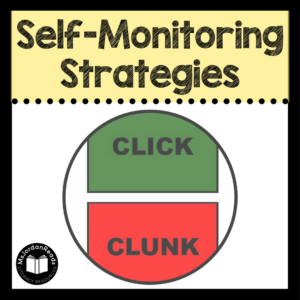



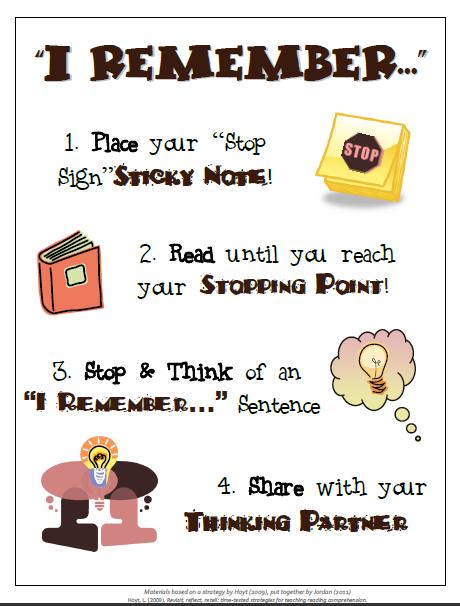


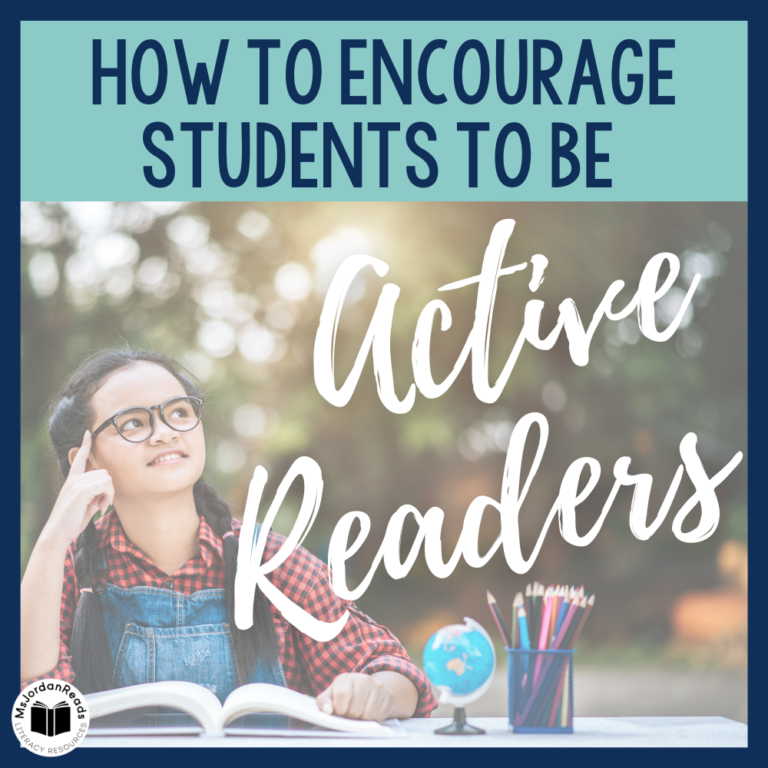
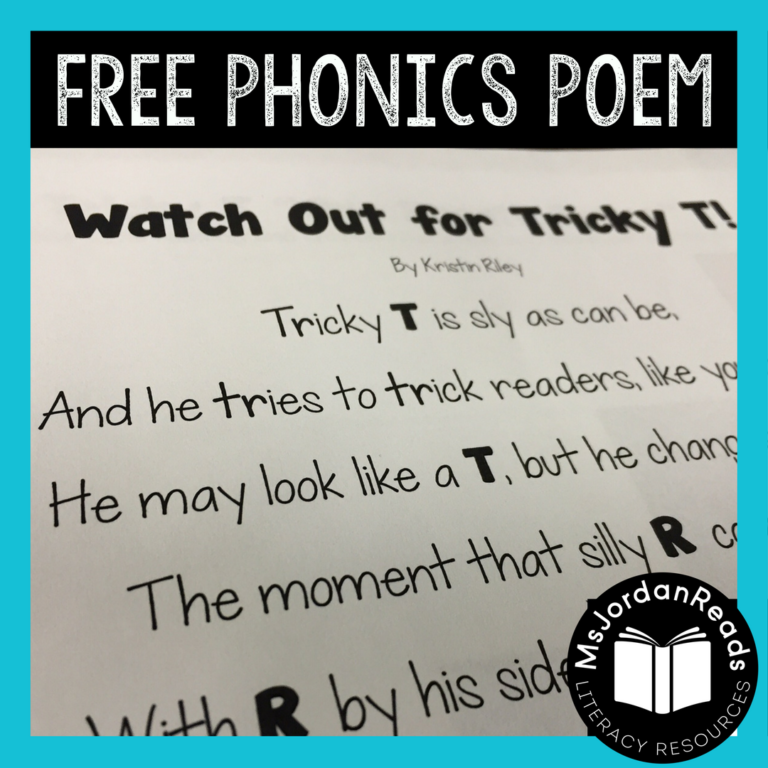


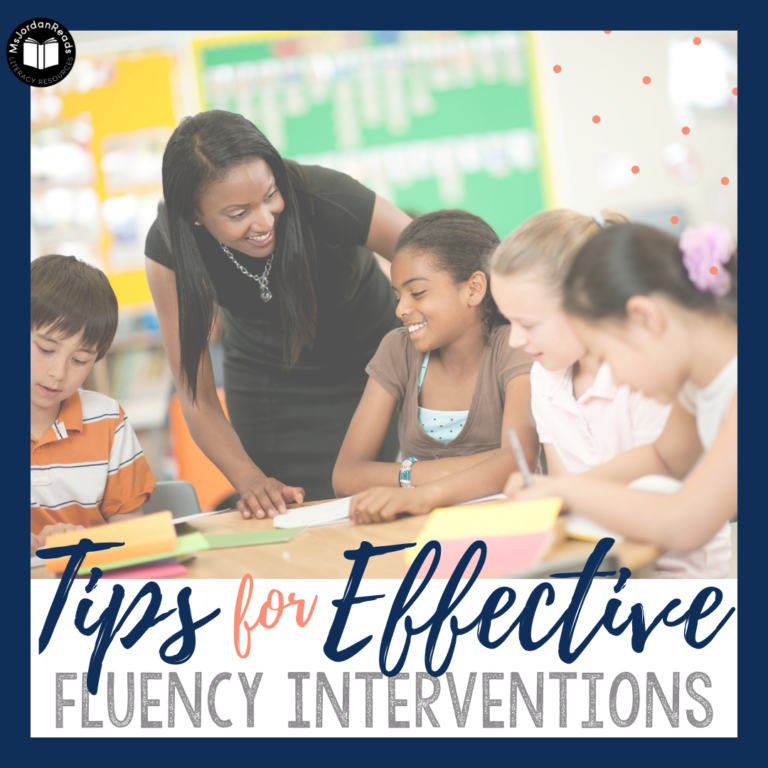
What do you mean by the “big three”?
The “big three” refers to the three big self-monitoring questions students must ask themselves while reading – “Does it look right? Does it sound right? Does it make sense?” By asking themselves these questions, they are able to (hopefully) catch if they are misreading or not understanding. Hope this answers your question!